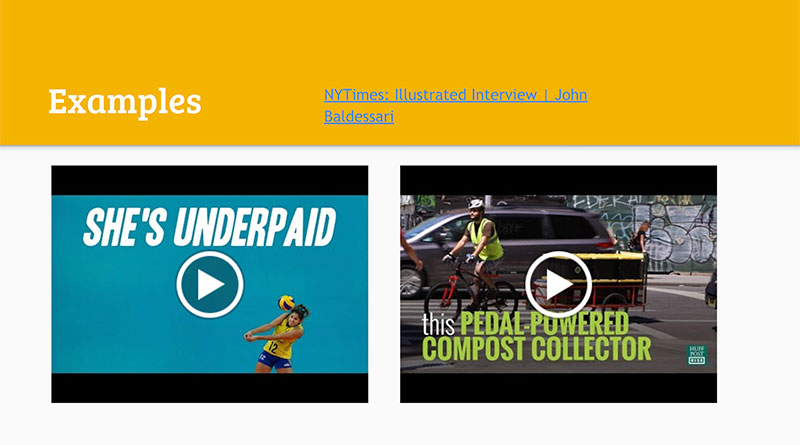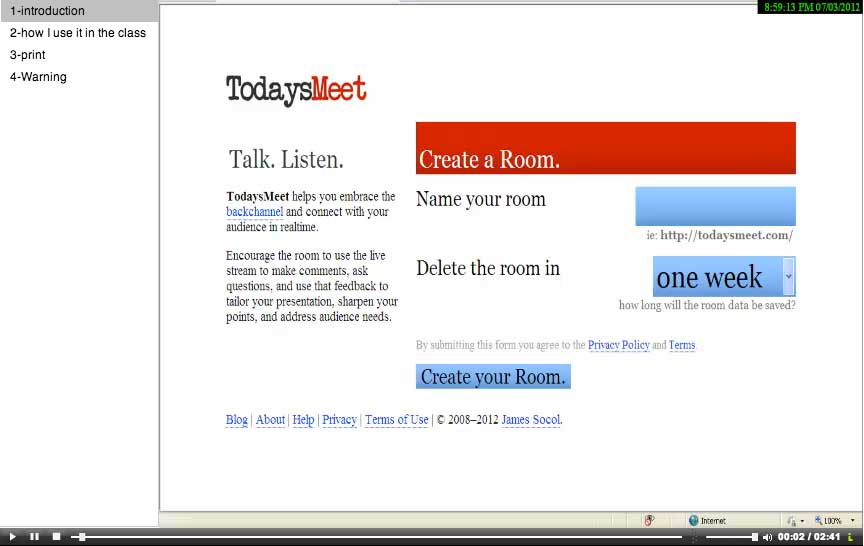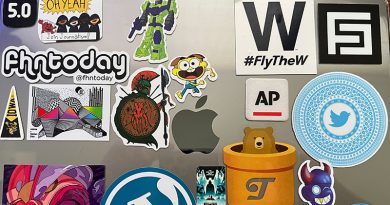To encourage growth and innovation, work Development Days into your schedule

As journalism educators, we want our students to report ethically, master skills, and collaborate as a staff… but as digital educators, we also want them to innovate. One way we do that at RubicOnline is Development Day.
The practice was started by Diane Huang, Director from 2015-2017, who structured it like this:
- Prepare a short presentation (5 minutes) on 2 project ideas you’d like to pursue as a section or top leader for all of the quarter (co-editors can to split the work — 1 idea each).
- Examples of a project would be exploring new media reporting like YouTube/Facebook live broadcasting, a biweekly infographic, animation, or social media. They might also be a story series or long form developing story.
Presentations should (only) include the following:
- A brief explanation of what the project is.
- 1-2 real examples (stories) of how your project exists in modern journalism. e.g. a link to an actual Facebook Live broadcast by a reputable news source.
- Two possible stories that could be reported in that format.
- Please place your presentations in the “Development Day” folder in Drive.
(You can view a sample presentation here.)
Each quarter, every member of the staff presents what they want to explore. Recent topics have ranged from Knight Lab tools to illustrated stories to Snapchat features, all presented in a package that includes professional models and a list of potential story assignments. The staff offers feedback on the ideas presented and makes a recommendation to the individual or team about which one they should focus on. Sometimes there are clear trends: video production or long form journalism or podcating.
As the staff members develop expertise, they teach the staff more about a newly acquired skill, usually through story assignments and 1:1 training and feedback. When stories are published that are a product of Development Day presentations, we share them at the start of class and applaud the work.
In successive quarters, the individual or team reports on their progress and plans for continued exploration of the Development Day plan; or if, after a quarter of focus, they’ve reached the end of a project or decided to abandon a Development Day proposal, they elaborate on the lessons learned or identify the roadblocks, then propose a new project.
The hope is, of course, to create something new, but the focus is less on product and more on creative risk-taking. The greatest side-effect of this quarterly tradition for our staff is how energized everyone gets when they share their newfound passions and how the group bonds as they support each other’s growth.





